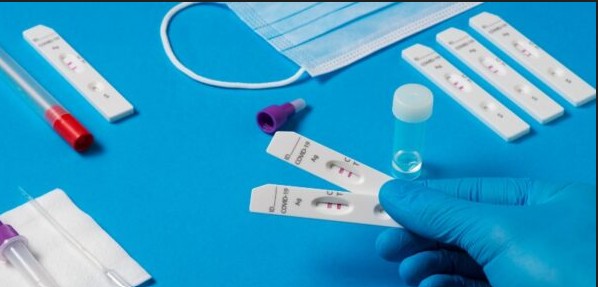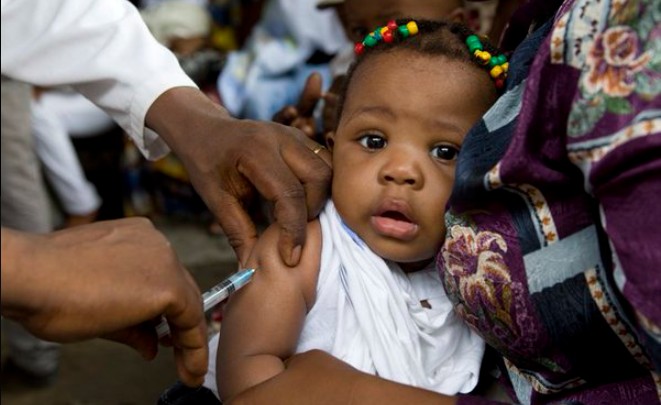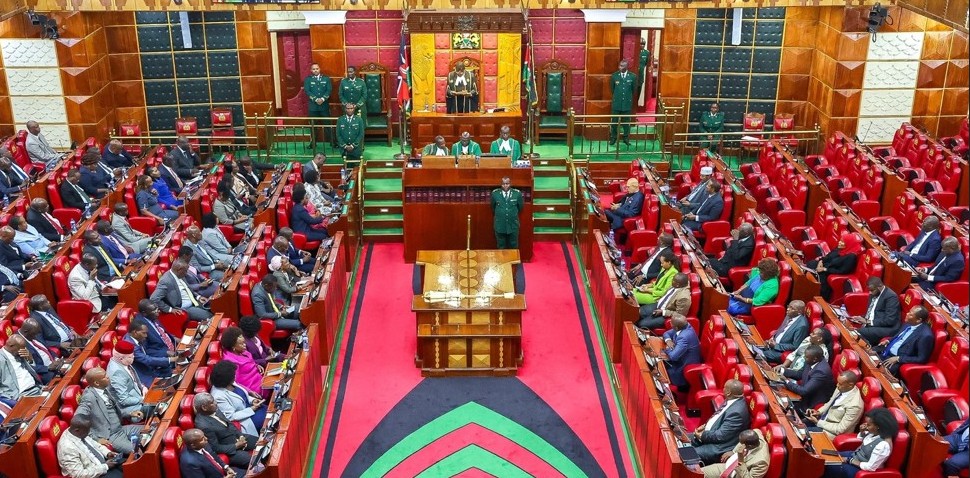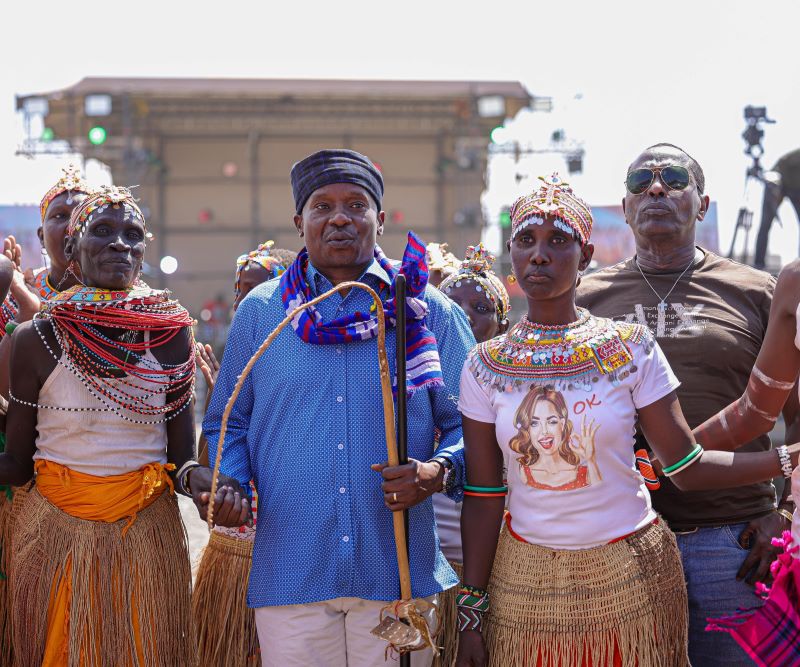Tanzanian woman's immune response yields antibody capable of halting most HIV variants

Scientists uncover a Tanzanian woman’s antibody that neutralizes nearly every HIV strain, offering new hope for prevention and treatment.
Scientists have discovered a powerful antibody in the blood of a Tanzanian woman living with HIV that can block nearly every known strain of the virus — even those resistant to other treatments.
The antibody, called 04_A06, works by attaching to a critical part of the virus needed to infect human cells. In laboratory and animal studies, it stopped the virus from spreading and kept infections under control.
More To Read
- UNAIDS hails Kenya–US health framework as major boost for HIV response
- German researchers find highly effective HIV antibody
- Zambia, Eswatini first in Africa to receive twice-yearly HIV prevention injection as Kenya eyes approval
- Zambia approves injectable HIV prevention drug
- South Africa becomes first African nation to offer twice-yearly HIV prevention shot
- Lenacapavir: A promising breakthrough for HIV prevention in pregnant, breastfeeding women
Published in Nature Immunology, this discovery could pave the way for new approaches to prevent or treat HIV, bringing us closer to a world where the virus can be fully stopped.
Researchers studying people who naturally produce strong antibodies against HIV — known as elite neutralisers — have made a remarkable finding that could advance both HIV prevention and treatment.
In this study, the team focused on Tanzanian women and men, including members of the Menya community, who had lived with HIV for many years yet developed unusually strong immune responses.
By analysing their blood, researchers identified individuals whose antibodies were exceptionally effective at neutralising the virus.
During pretrial screening for anti-HIV antibodies, scientists identified a promising antibody with strong therapeutic potential.
Named 04_A06, it neutralised 97.3 per cent of more than 300 HIV strains, including 77 per cent of viruses that resist other antibodies. In humanised mice — engineered with human-like immune systems — the antibody fully suppressed the virus for over a month even after treatment stopped.
From hundreds of antibodies analysed, 04_A06 stood out. It targets the CD4 binding site, a crucial region HIV uses to attach to and infect immune cells.
In lab tests, it blocked approximately 98 per cent of HIV strains tested, including those resistant to other broadly neutralising antibodies. In animal models, it suppressed active HIV infection, highlighting its potential for both prevention and therapy.
The antibody’s effectiveness stems from its ability to bind a highly conserved region of the virus — a part that does not easily change when HIV mutates — making it much harder for the virus to escape.
Beyond treatment, 04_A06 also shows promise in preventing HIV infection.
Researchers tested it against strains from the AMP trials, which included participants who received no prevention treatment (placebo) and participants who were infected despite receiving another antibody, VRC01.
04_A06 blocked 98 per cent of viruses from the placebo group and 94 per cent from the VRC01 group. Based on these results and its persistence in the blood, researchers estimate that a modified version of 04_A06 could provide around 93 per cent protection against HIV if used as PrEP.
Over the past decade, studies have shown that broadly neutralising antibodies (bNAbs) are generally safe in humans and animals and can temporarily reduce viral load in people living with HIV.
However, single antibodies often fail long-term because the virus can mutate and become resistant. Using combinations of bNAbs has demonstrated stronger and longer-lasting viral suppression, delaying the return of HIV more effectively than single antibodies.
In prevention studies, bNAbs have also shown potential, protecting against infection in animal models and carefully controlled human trials.
The level of protection depends on how sensitive the circulating virus is to the antibody. These findings suggest that bNAbs could become valuable tools for both treating people living with HIV and preventing infection in at-risk populations.
While bNAbs alone are unlikely to serve as a complete cure or fully prevent HIV, they represent a powerful addition to the HIV toolkit.
Their ability to neutralise diverse strains, especially in combination, offers hope for more effective treatments and preventive strategies, and may guide the development of vaccines that elicit similar immune responses.
Recent advances in HIV prevention and treatment include Lenacapavir, a long-acting injectable drug administered twice a year.
Clinical trials show it is highly effective at preventing HIV infection, including among high-risk populations such as women in sub-Saharan Africa.
Its approval and WHO recommendation for use as PrEP mark a significant milestone, offering a convenient alternative to daily oral medications, improving adherence, and reducing stigma. Efforts are underway to make Lenacapavir accessible and affordable in low- and middle-income countries.
According to the World Health Organisation (WHO), there is currently no cure for HIV/AIDS.
While antiretroviral therapy (ART) has transformed HIV from a fatal disease into a manageable chronic condition, it does not completely remove the virus from the body.
ART suppresses HIV to undetectable levels, allowing people to stay healthy and prevent transmission, but treatment must continue for life.
The challenge lies in HIV integrating into the DNA of immune cells, forming hidden reservoirs invisible to both the immune system and drugs. These reservoirs allow the virus to rebound if treatment stops. Rapid mutation also makes HIV highly adaptable and difficult to eliminate.
WHO emphasises that while research continues toward a cure, the most effective strategy today remains lifelong ART combined with preventive measures to reduce new infections.
Top Stories Today












































